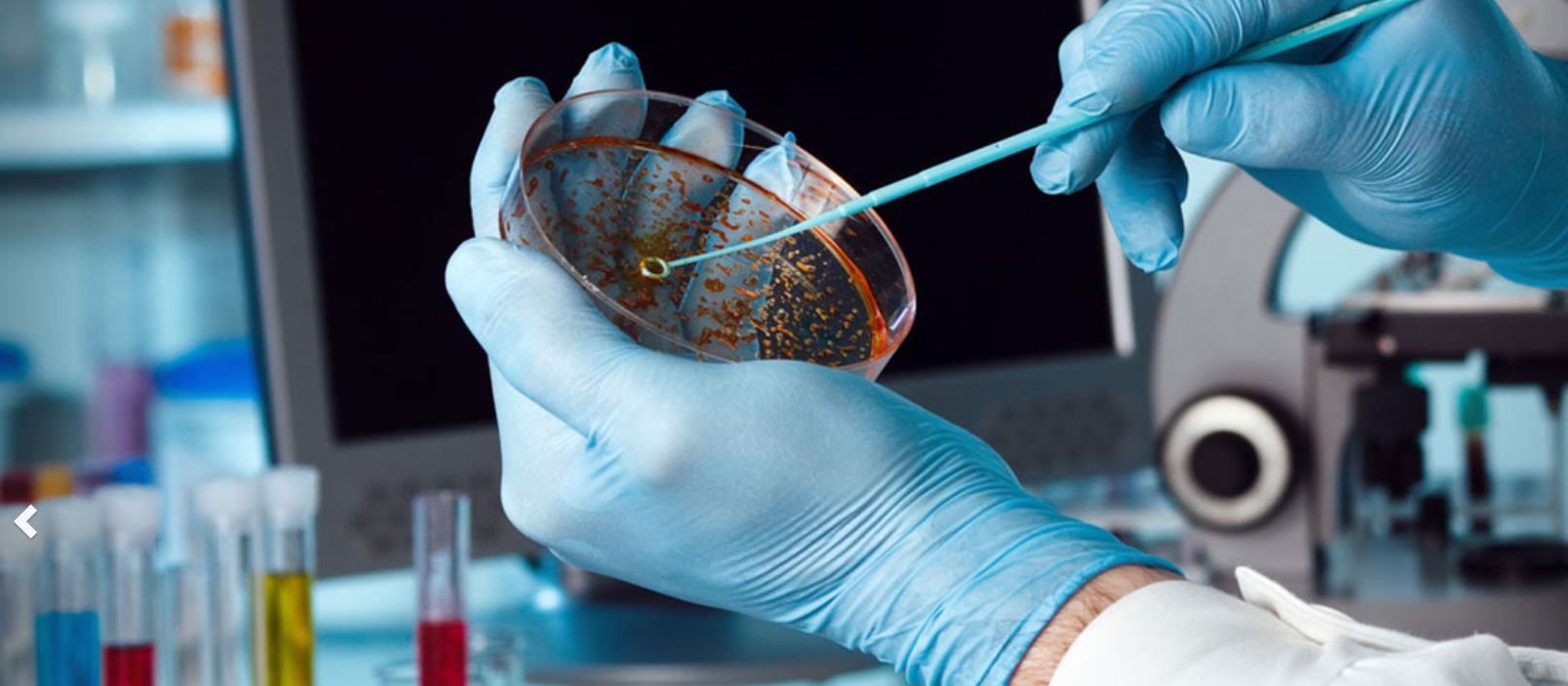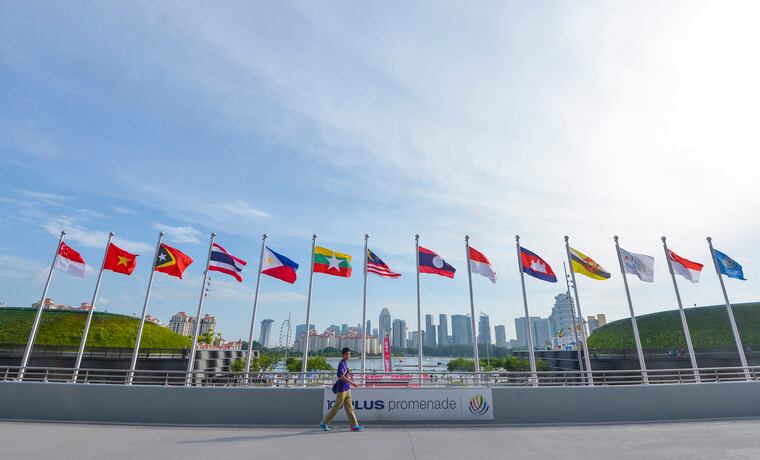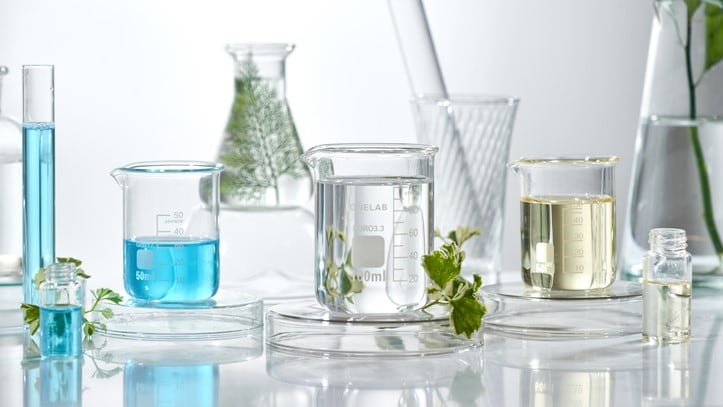Global Biolife is a subsidiary of the Singapore eDevelopment Ltd (SeD), and the firm has collaborated with US-based Chemia Corporation to develop a suite of fragrances that can go towards fighting global biothreats besides smelling pleasant.
Daryl Thompson, director of scientific initiatives at Global Biolife, told CosmeticsDesign-Asia that the scientific community had started to realise that the strategic use of antibiotics had run its course and that bacteria such as tuberculosis had become resistant to their use.
“We have run out of time using traditional antibiotics to fight viral bacteria, so it was imperative that a new method was discovered.”
According to Thompson, 3F had been demonstrated to be effective at shutting down or inhibiting pathogenic organisms such as Rhinovirus, Influenza, E.Coli, Staph, MRSA, and Tuberculosis.
Tuberculosis (TB) is a disease caused by the mycobacterium tuberculosis bacteria, which affects the lungs, and causes symptoms such as fever, weakness, weight loss. It is transmitted through the open air when an infected person sneezes, coughs, talks, or laughs.
According to the World Health Organization (WHO), TB is the top infectious killer in the world, killing one person every 18 seconds.
Laboratory and field expedition findings
The two firms conducted research at a high containment laboratory under biosafety level 3 conditions at the American Type Culture Collection, a US biotech research facility.
In the five-year long R&D process which involved laboratory and field expedition, Thompson said they analysed plant-to-plant warfare to better understand plant communication.
“We launched expeditions into areas of deep jungle to begin sampling the different flora that existed within them.”
The fragrant samples were brought back to the laboratory for testing against different stains of dangerous bacteria and “(we) were pleased to see that they had antibacterial properties.”
The team then began taking the fragrances apart to reveal that the fragrances contained a myriad of complex chemicals. “We then worked backwards using computational docking mechanisms to determine which compounds within the fragrance had antibacterial properties.”
“We soon built a library of the isolates that possessed antimicrobial properties that could be utilised to create complex fragrances that would smell pleasant but are lethal to dangerous bacteria. These new complex fragrances are what makes 3F effective as an antibacterial agent,” he said.
They tested the volatile compound (VC) present in the fragrance against two strains of mycobacterium tuberculosis (H37Rv, H37Ra). Two standard TB drugs (isoniazid[IZ], ethambutol[EB]) were also tested.
The purpose of this study was to determine the in vitro sensitivity of MTB strains to the VC, IZ and EB where sensitively was assessed by observation of bacterial growth.
The results showed that VC achieved a minimum inhibitory concentration (MIC) of 0.75% for both H37Rv and H37Ra strains, which meant at this concentration, no bacterial growth was observed.
The MIC values for isoniazid was 0.125μg/mL for H37Rv and 0.063μg/mL for H37Ra.
For ethambutol, MIC values were 2μg/mL for both strains.
The MICs determined for the antimicrobial standards of IZ and EB were within the anticipated susceptibility range for concentrations tested.
Future plans
Thompson told us that the 3F technology can be reformulated to yield a vast array of antibacterial fighting scents.
“We are presently re-arranging them to simulate the most pleasing smells that we encountered during our time in the jungle,
The first antibacterial fragrance was in fact modeled after the incredibly rare "Ghost Orchid" found only in Florida and Cuba. It has an incredible smell.”
As of now, the firm is working with fragrance institutions to ensure that the 3F fragrance has the capacity for global manufacturing and distribution, and plan for global release within a year’s time.
"The impact of functional fragrances will transform the modern perfume industry", said Thomas Meyer, Chemia's vice-president of innovation and sustainability.
Global Biolife will present its research findings at the 2020 American Society for Microbiology Biothreats Conference in Arlington, Virginia.
The firm is also collaborating with its partners to develop second generation mosquito defence technologies, which are N,N-Diethyl-meta-toluamide (DEET), to protect against mosquito transmitted diseases such as Zika and Dengue.




